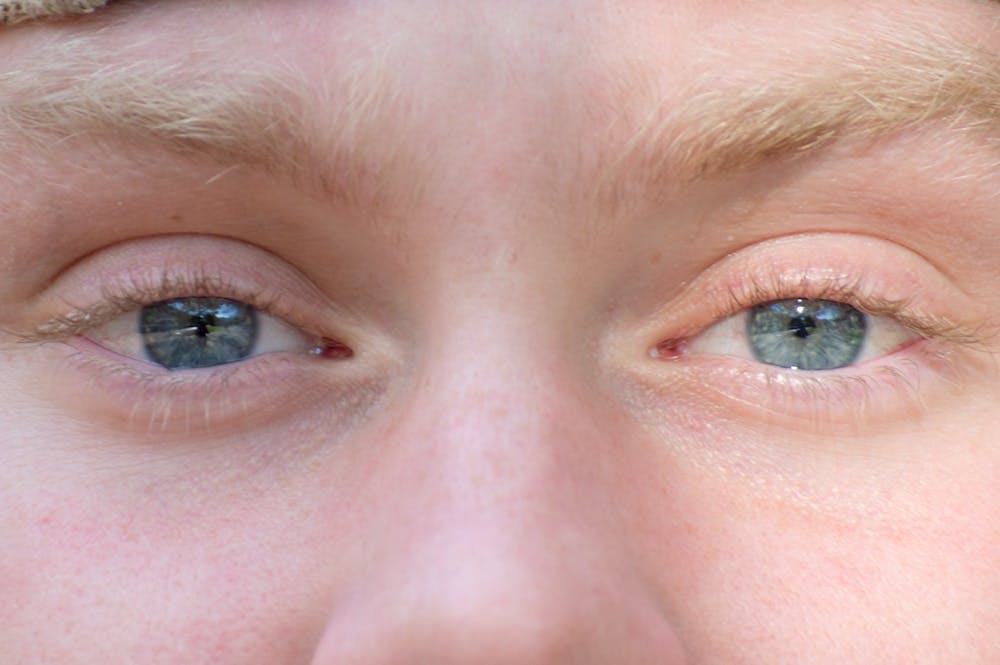I had no idea I was nearsighted until the third grade. As it turns out, I was very nearsighted — I was actually eight steps past legally blind. This was a problem because I was doing things that normal people shouldn’t be doing, like running into furniture. And people. And traffic.
After messing around with my prescription for a while, I got to the point where I could see other people's faces, which is when I realized that other people were looking into my eyes while they were talking to me. This was a startling realization for me, and my first couple months relieved of my early-onset macular degeneration were spent either staring people directly in the eye until they got uncomfortable or avoiding eye contact altogether.
I started to notice that conversations would end more quickly than they used to and that people seemed to not enjoy talking to me. People treated me differently from other people, which I did not like.
I’ve come to appreciate eye contact in a way I don’t think many other people do because I know firsthand how detrimental bad eye contact can be.
And I’m not the only one who struggles with what to do with my eyes. People with social anxiety disorders, Autism spectrum disorders and with trauma may have trouble making and maintaining eye contact. So, for my fellow ocular-oblivious folks, I’ve put together some tips that I’ve picked up over the years.
First, when you make eye contact, do it for roughly six seconds at a time. If you go over eight seconds, it starts to become uncomfortable, and anything over ten is solidly into weird territory.
Once you hit six-ish seconds, get busy with your eyes. Look up! Look down! Just look anywhere besides the eyes of the person you are talking to! Oftentimes, the easiest way to break eye contact is to just flick your eyes away somewhere and then to flick back to where you began, but this can start to feel mechanical after a while.
There are quite a few ways to make breaking eye contact seem natural. You can pull out your phone to glance at the time. Taking a sip from your water bottle gives you an excuse to look down at your water bottle and keeps you hydrated. A particularly effective method is rolling your eyes back and to the left to make it look like you’re thinking. One thing that I’ve been trying to pull off is angling my body away and staring off into the distance while continuing the conversation, but I’m not sure how effective it is.
After breaking eye contact, make sure to re-establish eye contact relatively quickly. If I had to put a number on it, give it one or two seconds before you make eye contact again.




